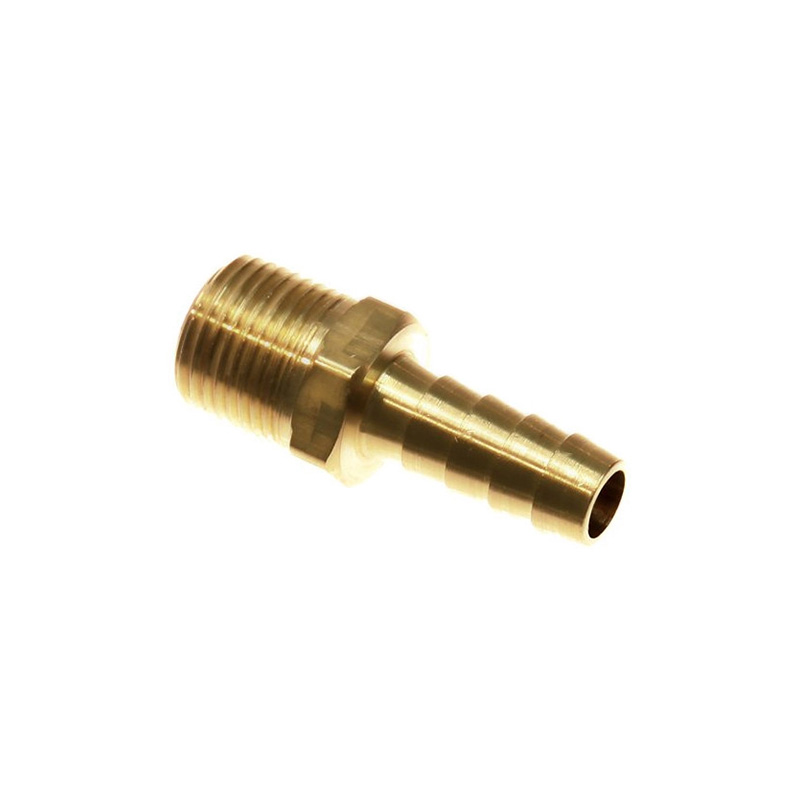
Modern manufacturing thrives on precision and efficiency, where even minor improvements in CNC lathe parts performance translate to substantial cost savings. This article reveals ten proven strategies to transform your machining operations through component optimization and process innovation. Let’s dive into the engineering solutions driving today’s most productive workshops.
Conventional CNC programming methods struggle with complex geometries like thin-walled or spherical components. Macro programming uses parametric variables and logic commands to create adaptive toolpaths that respond to real-time measurements. For example, our team implemented custom macros in 2025 for aerospace clients, reducing programming time by 65% while improving spherical part accuracy to ±0.005mm tolerance levels :cite[8].
Interestingly, macros enable conditional operations – if a sensor detects material variation, the program automatically adjusts feed rates. This adaptability prevents scrapped parts during long unmanned operations.
Standard tool holders waste precious minutes during changeovers. Modern CNC lathe parts like hydraulic chucks and zero-point tooling systems achieve repeatability under 3 microns. Consider these verified benefits:
| Technology | Setup Time Reduction | Accuracy Improvement | ROI Period |
|---|---|---|---|
| Hydraulic Expansion Chucks | 40-50% | ≤ 0.003mm TIR | 4-7 months |
| Zero-Point Tooling | 70-85% | ±0.002mm | 3-5 months |
Note: Data compiled from industry benchmarks of 35+ machine shops implementing advanced tooling in 2024.
These systems enable lights-out production by ensuring consistent clamping force and position. One automotive supplier slashed changeover time from 28 minutes to just 4 minutes per batch – a game changer for high-mix production.
Catastrophic spindle failures cost manufacturers an average of $18,000 per hour in lost production :cite[10]. Modern CNC lathe parts integrate IoT sensors that monitor:
We installed these on our Haas ST-30 lathes last year. Surprisingly, they detected unbalanced tool holders we’d missed during manual checks. Addressing this early prevented a $12,000 spindle repair.
Traditional 2-axis lathes require multiple setups for complex CNC lathe parts. Live tooling and Y-axis capabilities transform this limitation:
For instance, producing hydraulic valve bodies previously required 3 machines. With modern multi-axis CNC lathe parts, lead times dropped from 14 hours to 5.5 hours per piece.
Combining turning and milling operations in one setup isn’t just convenient – it eliminates cumulative tolerancing errors. Mastercam’s Lathe module demonstrates how:
When machining an eccentric shaft with 4mm offset tolerance (±0.005mm), conventional methods struggled to stay within spec after multiple handlings. Using turn-mill programming, we achieved 98% first-pass yield through:
Counterintuitively, complex parts like transmission adapters actually become easier to machine with these advanced techniques :cite[7].
A: Don’t rely on fixed schedules. Monitor vibration patterns monthly. Replace when high-frequency spikes exceed 6 dB above baseline – typically 12,000-18,000 runtime hours.
A: Absolutely! Adding quick-change tooling and sensor ports often provides 60-80% of new machine benefits at 30% the cost. Verify controller compatibility first though.
A: Surprisingly, it’s often improper chip management. Inadequate coolant or chip removal can waste 15-20 minutes hourly for manual clearing. Upgrade augers or conveyors immediately.
By strategically upgrading these critical CNC lathe parts and adopting integrated programming approaches, manufacturers achieve 30-50% throughput gains. The solutions exist – now implement them to outpace competitors.